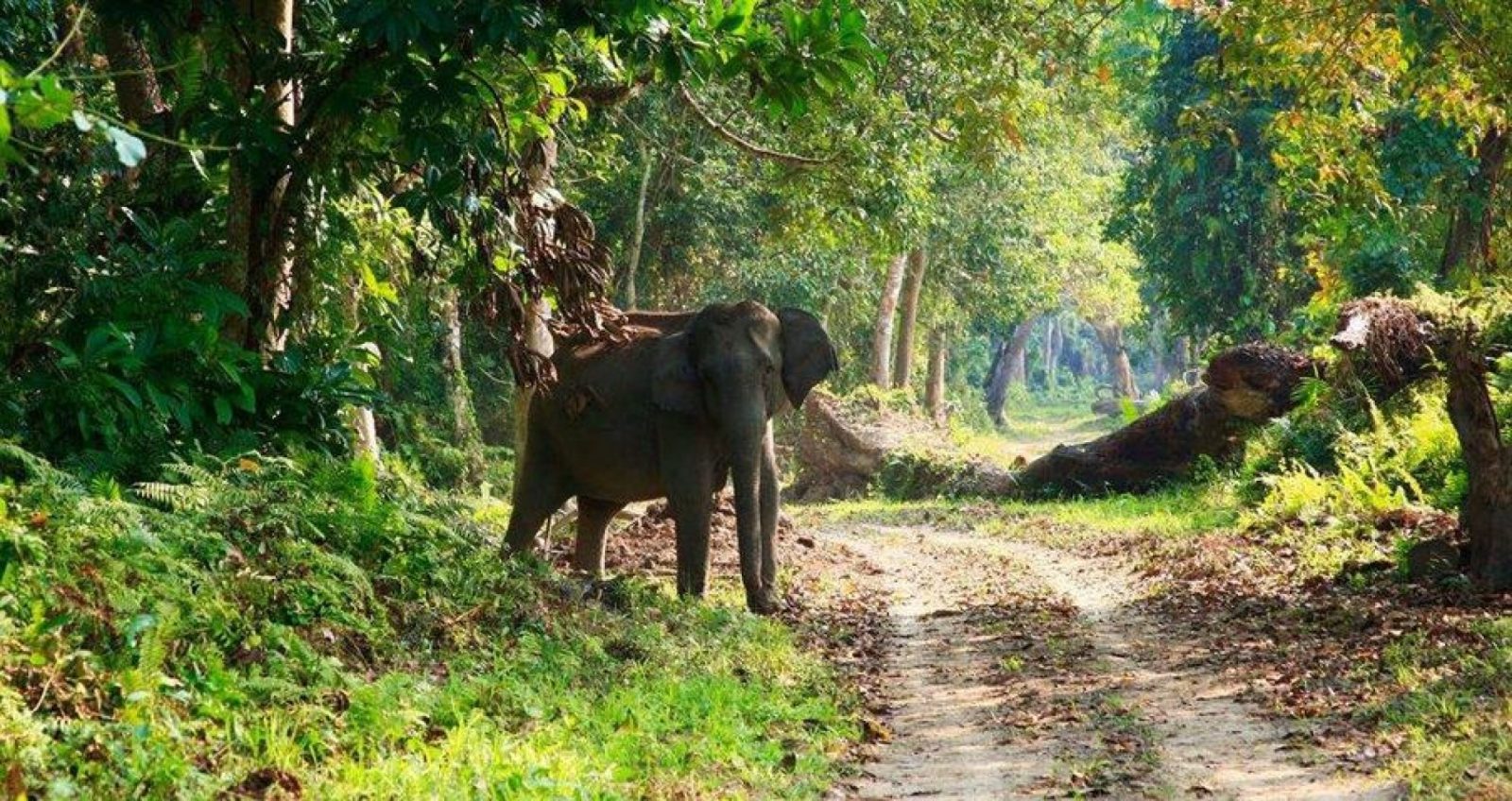
Okomu national park
 One of the largest rainforest ecosystems that is fully protected, this is a very special place. Only covering 77 miles (200 square km) within the a forest block covering 1,082 km2 (418 sq mi) called Okomu Forest Reserve in the Ovia South-West Local Government Area of Edo State in Nigeria.
One of the largest rainforest ecosystems that is fully protected, this is a very special place. Only covering 77 miles (200 square km) within the a forest block covering 1,082 km2 (418 sq mi) called Okomu Forest Reserve in the Ovia South-West Local Government Area of Edo State in Nigeria.
It is a small fragment of the rich rainforest that carpeted this whole region just a few decades ago. The smallest Nigerian national park, is smallest, partly because the it has been gradually nibbled away by the surrounding villages, as they have needed or wanted specific things – which has meant that the park is now less than 1/3 of the size that it was originally. There are also multiple plantations and logging concessions in the area around the reserve – which can cause a threat, as these things are found within reserves in many parts of the world.
Once part of a belt 31-62 miles wide, that ran from the Niger delta, down to Dalhomey gap in Benin. While this threat is significant, there is a layer of charcoal and pottery below the forest, suggesting that around 700 years ago, the area was deforested. This belt was broken up by the beginning of the 20th century, and each of these fragments were already being reduced on all sides.
Despite the small size, the park has diverse fauna, with 33 species of mammals including the African buffalo and the endangered African forest elephant. Elephant sightings are rare, although in 2007 a one-year-old elephant carcass was found, unlikely to have died from natural causes. Park officials claim that elephant poaching no longer occurs, despite the high prices commanded for ivory in Lagos. It is unclear how many elephants remain, though I should point out in 2001 the elephant population across the whole of Nigeria was thought to be around 94, and the countries population is thought to have grown up to around 400 in the intervening 23 years. The left hand video below, is of elephants from this reserve, While African wild dog are known to have been lost in recent years, it is less clear on the Lion. It is mentioned in much of its literature, but no population is listed on most sites for the lions of Okomu. In good land, lions can live at a density of around 1 for every 5 square miles, however, the Gir forest is thought to be around 1400 square km but has 600 lions (I think that it is reasonable to suggest that some of these do not live here, I have written about the seaside lions which live around 100 miles from here – let us suppose there are still 300 in the reserve. Given that the reserve is only 545 square miles, that suggests around 1 lion ever 2 square miles. Given that Okomu has Asiatic lions, it is clear that the reserve could support around 35 individuals, which is a significant number, given the country currently only supports 50. However, given the problems with the reserve, at the current time, it is likely that any lion reintroduction would fail quickly, with either the lions or their prey being hunted out of existence.
Should you work around the reserve, I would love to hear from you, and have up to date and accurate information about this place. We are also eager to help people book their visit with you.
There is a population of the vulnerable white-throated guenon. Although no thorough study of the primate population has been done since 1982, chimpanzees were reported to be present in the region in 2009. The number of chimpanzees estimated to live in the Okomu Forest reserve was guessed to be 25–50 in 2003, and some may use the national park at times. Other animals found in the park include dwarf crocodiles, red river hog, sitatunga, warthog, civet cat, Maxwell’s duiker, grass cutter, mona monkey, Thomas’s galago and tree pangolin and the red-capped mangabey. About 150 species of birds have been identified. These include Angolan pitta, grey parrot, wrinkled hornbill, fish eagle, hawks, woodpeckers, great owl, grey hornbill, cattle egret, black-casqued hornbill, yellow-casqued hornbill, Sabine’s spinetail, Cassin’s spinetail, black spinetail, white-breasted negrofinch, chestnut-breasted negrofinch, pale-fronted negrofinch and yellow-throated cuckoo.
Terrestrial molluscs seem exceptionally vulnerable to extinction, and low diversity may indicate subtle environmental problems.[22] A survey of land molluscs in a small area of the forest found 46 species in 11 molluscan families, of which Streptaxidae snails accounted for over a third. This is much lower diversity than has been found in Cameroon and Sabah. However, it may be due to the very limited sample in just one area.[23] Perhaps of greater interest to most visitors, the park has over 700 species of colourful butterflies.
Like other reserves, should we want these little reserves to survive, they need visits. The simple fact is, that without visitors, this little speck of wilderness will not survive. It is far easier to a low an ecosystem to grow again, than it is to set it up from scratch. If the human population dynamics do follow the expected rate, it is quite possible that in 50 or so years, there will suddenly be more space for wilderness in countries like Nigeria. At this point, retaining elephants and chimpanzees within Nigeria is good. The more visiting that tourists do, the better for the wildlife that does survive.










